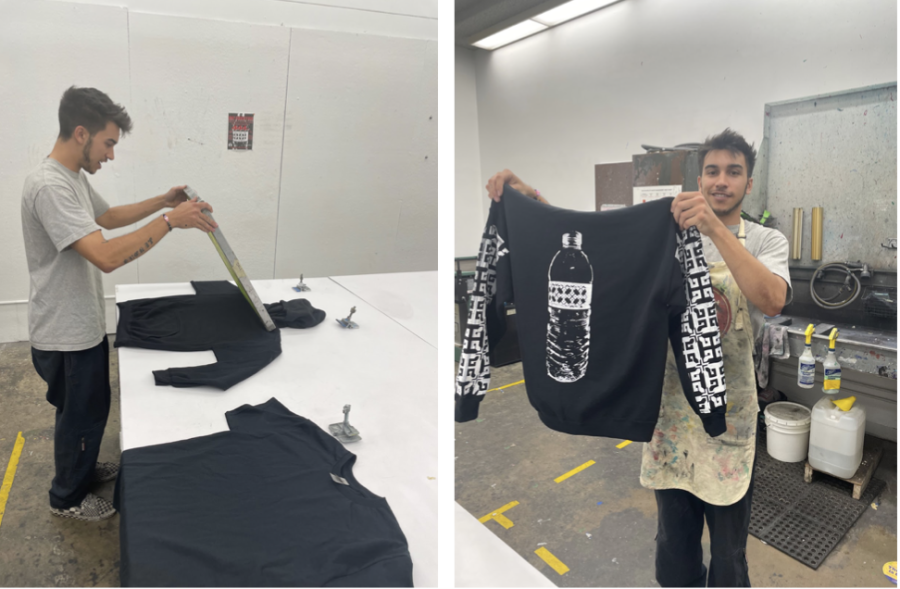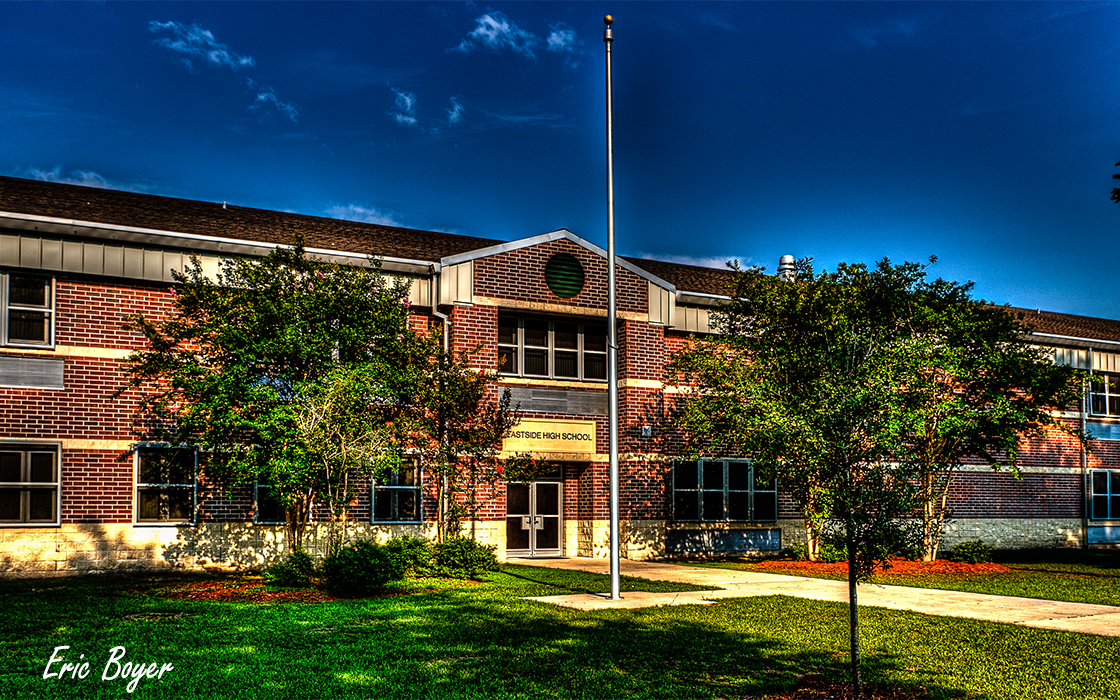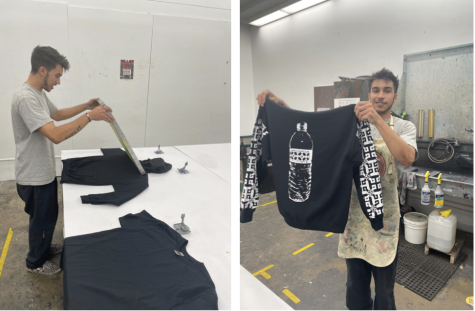As Red Tide Continues To Ravage Our State, Here’s What We Can Do To Help
Red tide is a naturally-occurring phenomenon that appears seasonally along the coasts of the Gulf of Mexico, typically along the western coastal waters of Florida. Red tide is a type of algae -karenia brevis– caused by humans’ careless mistakes, which has deadly effects on marine life and may even be fatal to those who suffer with severe or chronic respiratory conditions.
This harmful algal bloom (HAB) is curated through the accumulation of fertilizer surface runoff from Lake Okeechobee and agricultural lands into Florida’s coastal waters. The excess nutrients from the fertilizers, such as nitrogen and phosphorus promote algae blooms, consequently leading to red bloom outbreaks and rapid decrease in marine life populations.

This alga produces a toxin –brevetoxin– that severely damages the central nervous system of fish, birds, and mammals, causing them to die. The toxin can accumulate through primary producers such as plankton or small shellfish, which is then transferred to primary consumers. Intoxicated fish experience violent twisting, corkscrew swimming, regurgitation, defecation, pectoral fin paralysis, and caudal fin curvature, which results in loss of equilibrium.
The action of waves breaking along the shoreline bursts open the alga’s cells, releasing the toxin into the air and resulting in respiratory irritation among humans and many animals. Symptoms may include shortness of breath or throat irritation. Eye and skin irritation are also prevalent when in contact with infested algal waters. This toxin tends to accumulate in shellfish, and, if consumed, can result in a poisoning of sorts, potentially leading to nausea and cardiovascular or neurological issues.
Florida’s primary and greatest source of revenue is the tourism industry, typically through its amusement parks and beaches. In 2017, Florida’s tourism activity accounted for 11.4 billion dollars of revenue. However, due to the detrimental consequences of algal blooms, it creates uncomfortable and unpleasant environments for visiting tourists. In 2018, Florida’s coastal waters experienced a devastating outbreak of red tide, deterring millions from traveling and vacation. Not only does this heavily affect the tourism industry, but it greatly impacts commercial fishing due to rapidly decreasing fish populations. In the 2018 red tide outbreak, it was estimated that 2,000 tons of marine life had been killed.
The devastating effects of red tide can be prevented, or atleast deterred; purchasing organic foods minimizes the support of chemical fertilizers and pesticides that are used in commercial farming which contributes to surface runoff. Another significant factor that contributes to the formation of red tide are the strong fertilizers that farmers use to promote plant growth and quantity; implementing more environmentally or ocean-friendly fertilizers may reduce the severity of red tide for years to come.
Your donation will support the student journalists of Eastside High School. Your contribution will allow us to purchase equipment and cover our annual website hosting costs.

Lily is a senior at Eastside. She enjoys writing all things environmentally related. She is an avid photographer, traveler, and baker. Her favorite pastime...



























